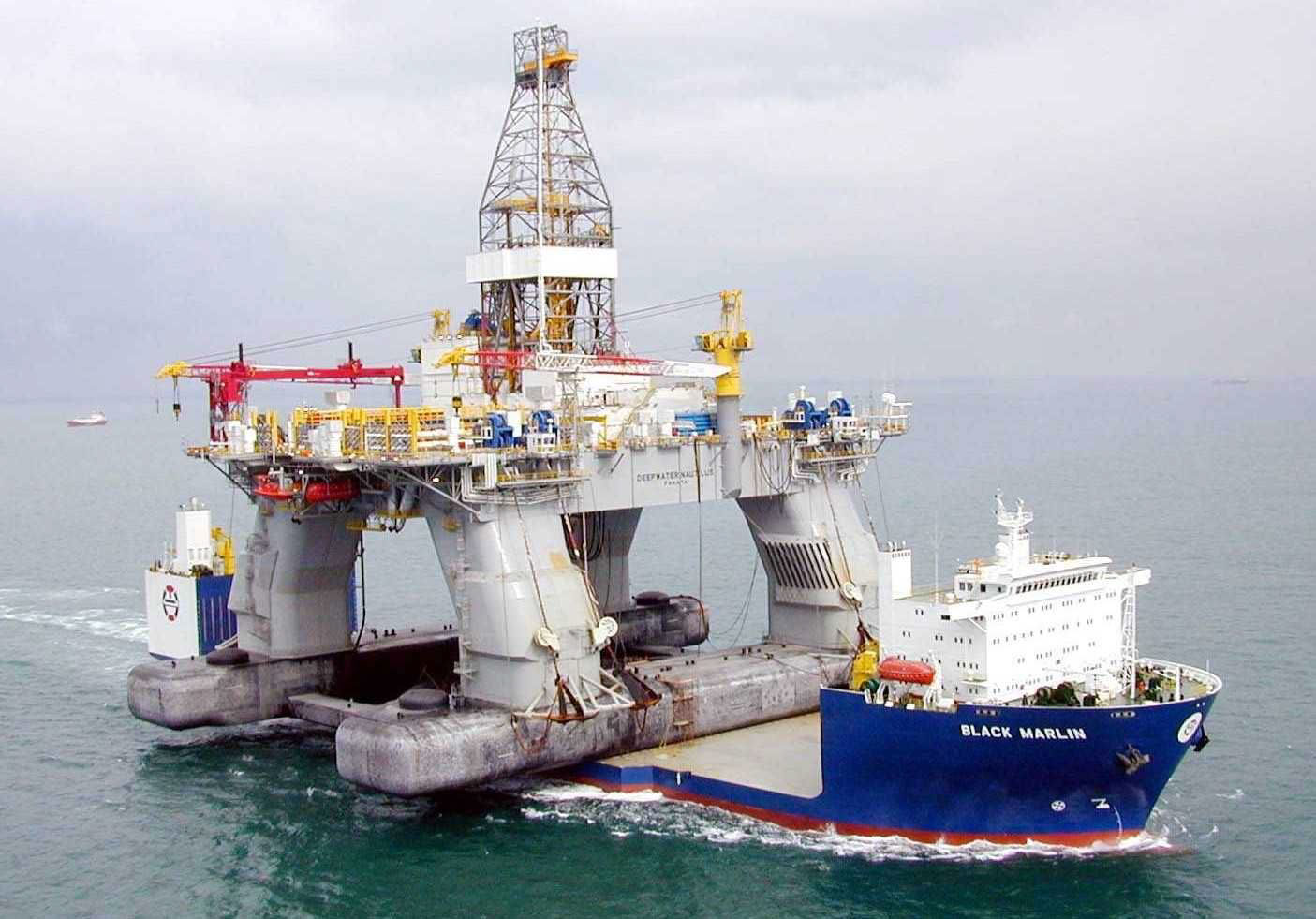Deepwater oil rigs have revolutionized the way we extract natural resources from the ocean floor, allowing access to reserves previously deemed inaccessible. As the global demand for oil continues to rise, understanding the mechanics, technologies, and environmental implications of deepwater drilling becomes increasingly crucial. In this article, we will delve into the intricate world of deepwater oil rigs, examining their significance, operational processes, and the challenges they face.
The oil and gas industry has undergone significant transformations over the past few decades, with deepwater drilling emerging as a vital component of energy production. These massive structures, often located miles offshore, are designed to tap into vast reserves buried beneath the seabed. As we explore the depths of this industry, we will uncover the innovative technologies that enable deepwater drilling and the critical considerations surrounding environmental sustainability.
As we journey through this article, we will provide insights into the various types of deepwater oil rigs, their operational challenges, and the future outlook for offshore drilling. By the end, readers will gain a comprehensive understanding of the role deepwater oil rigs play in our energy landscape and their impact on the environment and economy.
Table of Contents
- What is a Deepwater Oil Rig?
- Types of Deepwater Oil Rigs
- How Deepwater Oil Rigs Work
- Advantages of Deepwater Drilling
- Environmental Impact of Deepwater Drilling
- Challenges in Deepwater Drilling
- The Future of Deepwater Drilling
- Conclusion
What is a Deepwater Oil Rig?
A deepwater oil rig is a floating platform specifically designed for drilling in water depths exceeding 1,000 feet (300 meters). These rigs are equipped with advanced technology to extract oil and gas from beneath the seabed. The increasing complexity of energy demands has made deepwater rigs essential to the industry, as they enable access to reserves that cannot be reached by traditional drilling methods.
Key Features of Deepwater Oil Rigs
- Floating platforms that can withstand harsh ocean conditions.
- Advanced drilling technology to reach deep reserves.
- Enhanced safety measures to prevent accidents.
Types of Deepwater Oil Rigs
Deepwater oil rigs come in various types, each designed for specific drilling conditions and depths. The most common types include:
1. Semi-Submersible Rigs
Semi-submersible rigs are floating platforms that are anchored to the seabed. They remain stable even in rough seas, making them suitable for deepwater drilling operations.
2. Drillships
Drillships are ships equipped with drilling equipment and can move freely to different locations. They are designed for deepwater operations and can access various depths with ease.
3. Spar Platforms
Spar platforms are anchored to the seabed with vertical cables, allowing them to float on the water's surface. They are highly stable and ideal for deepwater drilling.
How Deepwater Oil Rigs Work
The operation of deepwater oil rigs involves complex processes that require advanced technology and skilled personnel. Here’s a brief overview of how these rigs function:
- **Exploration**: Geological surveys are conducted to identify potential drilling sites.
- **Drilling**: Specialized drilling equipment is used to penetrate the seabed and reach oil reserves.
- **Extraction**: Once oil is reached, it is extracted and transported to processing facilities.
Advantages of Deepwater Drilling
Deepwater drilling offers several advantages that make it an attractive option for oil extraction:
- Access to vast oil reserves that are not reachable by conventional methods.
- Potential for higher production rates and profitability.
- Technological advancements that enhance safety and efficiency.
Environmental Impact of Deepwater Drilling
While deepwater drilling provides significant energy resources, it also raises environmental concerns:
- Risk of oil spills, which can have devastating effects on marine ecosystems.
- Disruption of marine life and habitats during drilling operations.
- Challenges in managing waste generated from drilling activities.
Challenges in Deepwater Drilling
Despite its advantages, deepwater drilling faces several challenges that companies must navigate:
- High operational costs associated with advanced technology and equipment.
- Safety risks in extreme weather conditions.
- Regulatory compliance and environmental protection measures.
The Future of Deepwater Drilling
The future of deepwater drilling is shaped by technological advancements and the global shift towards sustainable energy. Key trends include:
- Increased investment in renewable energy sources.
- Development of more efficient drilling technologies.
- Enhanced safety protocols to minimize environmental risks.
Conclusion
Deepwater oil rigs play a crucial role in meeting the world's energy demands, offering access to extensive oil reserves. However, the challenges and environmental implications of deepwater drilling must be carefully managed. As technology continues to evolve, the industry must balance resource extraction with sustainability to ensure a responsible approach to energy production. We encourage readers to share their thoughts on deepwater drilling and its impact on our future, and to explore more articles on related topics.
References
- U.S. Energy Information Administration (EIA)
- National Oceanic and Atmospheric Administration (NOAA)
- International Association of Drilling Contractors (IADC)



